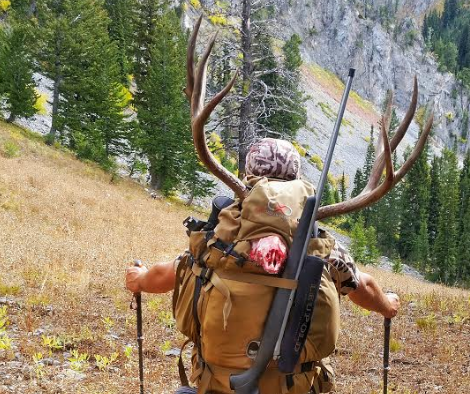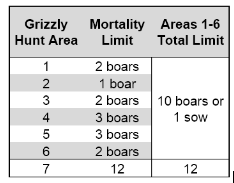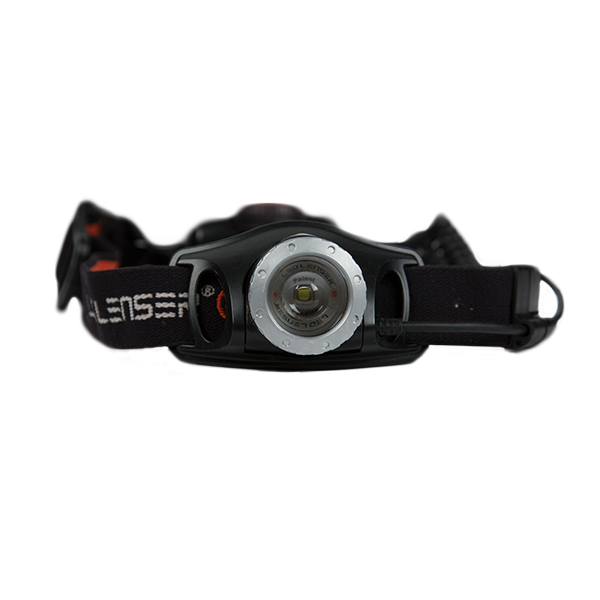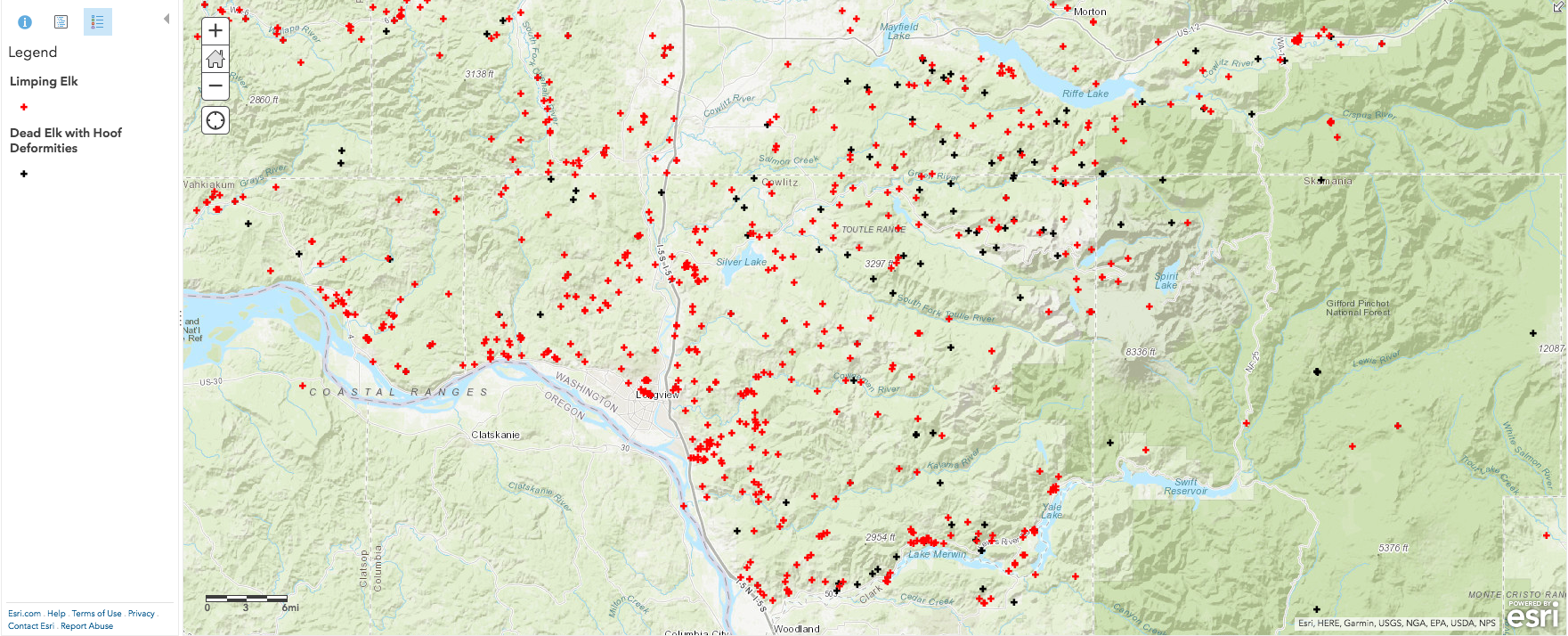Many of us find ourselves with limited time in our fall adventures, for some it’s multiple hunts back to back with little or no time to restructure and others a busy work and life schedule that we finally get to break away from for short hunts. Regardless of your situation, finding game fast is the most critical step in creating a successful hunt. Over the years this skill has transformed my hunting from searching for game the bulk of my days afield to pursuing game nearly every day I am afield. Although there is no magic recipe for this skill, there are many applicable ingredients for you to add to your bag of tricks and hopefully better your experience next season.
Checklist:
OnXmaps app with topo and landownership is preferred on either a smart-phone or handheld GPS device. Satellite imagery such as Google Maps or Google EarthRoad/Trail use map, ie. Hiking, horseback, motorcycle, atv, jeep, etc.Let’s start off by digging into your hunting area, if you don’t have one, the Members Research Section in every subscriber copy of EASTMANS’ HUNTING JOURNALS or online is a great place to start. Since we are past the draws you probably want to look at general season opportunities. Once you have your hunt area selected, OnXmaps combined with Google Maps/earth make this part very streamlined. If you have never hunted the area the first objective is to find the biggest tracts of land without roads or with closed roads, from there you want to zoom in and search out key habitat features; north facing slopes with timber for bedding that is close in proximity to south facing slopes featuring open parks and good feed-these areas are my bread and butter. You want water sources on both features or within a mile of either, keep in mind that water can be tricky on maps, without being there in person you will find maps can often be unreliable. If you can’t scout pre-season you may be able to glean information from a wildlife biologist or game officer, otherwise, use your best judgement and make sure you have good backup plans in the event you can’t find water right away. You also want to consider weapon choice vs. hunting style, if you are archery hunting is there good stalk-able terrain? Is the area so heavily timbered or lacking vantage points that it may make spotting tough? Etc. After finding several areas with the features you want, zoom out to find vantage points. You want to spot from nearby roads, trail systems or ridgelines and be able to “walk with your eyes” and spot as many of these features as possible without hiking for days on end. This is a good point to check trail use maps for open trails to motorized vehicles of any kind, it’s not a total wash, but highly active trails with motor vehicle activity can change things drastically. If you’re hunting areas that allow these methods of travel you want to focus on basins, ridge systems and micro features that at a minimum are over the ridge or around the corner from these trails. Effectively spotting can carve dozens of miles off your hunt. Thus, finding these master vantage points and key habitat zones ahead of time is critical, although it takes trial and error to establish and verify them, over time you will find it’s a doable task.
Some extra tips to chew on while you pour over your maps; 1). What areas are other people passing by? People often stay on trails or feel the need to cover major/primary land features, but smaller pockets and micro features off the beaten path often hold better game. Remember, animals will always seek low pressure hideouts. 2). If you’re in open country, start with the same fundamentals as mentioned previously, roadless country away from heavy human activity. From there whether you are at 14k in Colorado or 1,900’ in Eastern Montana you need to find water, bedding areas and vantage points. In open terrain with a lack of timber or brush I want to look for steep features that deer or elk can bed against. This might be a river or stream bank, plateau rims, coulee cuts, etc. Then find any water troughs or springs and timber patches if they exist, if you find these ingredients you will find animals. 3) Test out your skills locally, even if you don’t have a tag, scout an area digitally then verify your plan in the field and find game. Experience is our greatest teacher, if you can afford the time it will undoubtedly hone your skillset for future hunts.
The post Finding More Game- Part 1 appeared first on Eastmans' Official Blog | Mule Deer, Antelope, Elk Hunting and Bowhunting Magazine | Eastmans' Hunting Journals.
Original author: Jordan Breshears


















